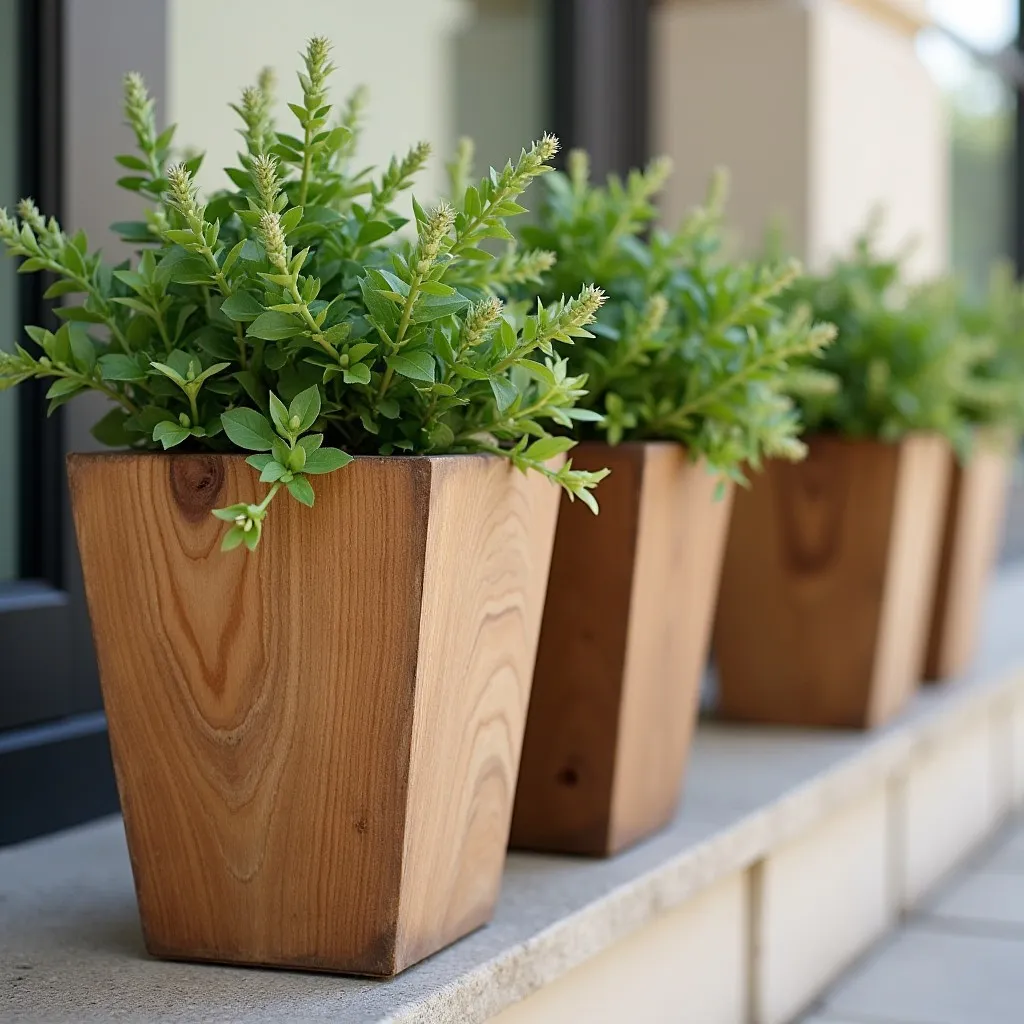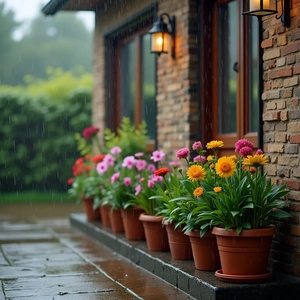
Modern gardening is turning to the principles of sustainable development, therefore the choice of containers for plants plays a significant role in this. Traditional plastic pots, while convenient, are often harmful to the environment due to their long decomposition period and potential toxins.
Be that as it may, it isn’t true for all plastics. Only for low-quality ones, sure do. Still, they’re actively being replaced by eco-friendly alternatives that reduce environmental impact while adding style. Now, let’s explore some of the best materials for the garden containers.
Selected Materials for Eco-Friendly Containers
Natural materials are now a popular choice for plant containers, and it’s easy to see why. Wooden flowerpots, for instance, aren’t just pleasingly looking, yet also biodegradable. Nevertheless, it’s crucial to pick wood treated with safe preservatives to avoid harmful chemical release.
Another great option’s containers made from coir. Or peat. These two provide excellent root aeration and gradually break down, enriching the soil.
Yes, they’ll need replacing over time, but the environmental benefits make it worthwhile.
Next, clay. It remains a timeless favourite due to its natural composition and moisture-regulating properties. That said, its production’s energy-intensive, so sourcing from responsible suppliers is key to minimising waste.
Todays, innovations in recycled materials are also making waves: containers made from repurposed plastic, rubber, or even paper pulp are gaining traction more and more. Jamonite, an eco-friendly, water-based concrete alternative, is another interesting option there.
All of the above materials often match traditional ones in durability, whilst being far (no, really) kinder to the planet. Admittedly, they’re not always easy to find, yet the effort’s justified. According to the Bureau of International Recycling (BIR), recycling waste uses 76% less energy than producing new materials.
For example, every tonne of recycled plastic prevents 1,4 tonnes of CO2 emissions.
The impact’s just undeniable.

How to Make Gardening More Environmentally Friendly
Choosing sustainable materials is just the beginning.
How you use containers matters just as much. Thus, reusing old buckets, tins, or even sturdy bags can cut down on new purchases – just ensure proper drainage and plant safety, as you’d expect with store-bought pots.
DIY containers from upcycled items are another smart move: old crates, baskets, or even safely treated car tyres can work brilliantly.
Lastly, durability’s key. Well-made eco-containers can last years with proper care. That said, regular cleaning and treating, say, wooden pots with natural oils will extend their lifespan, reducing waste.







